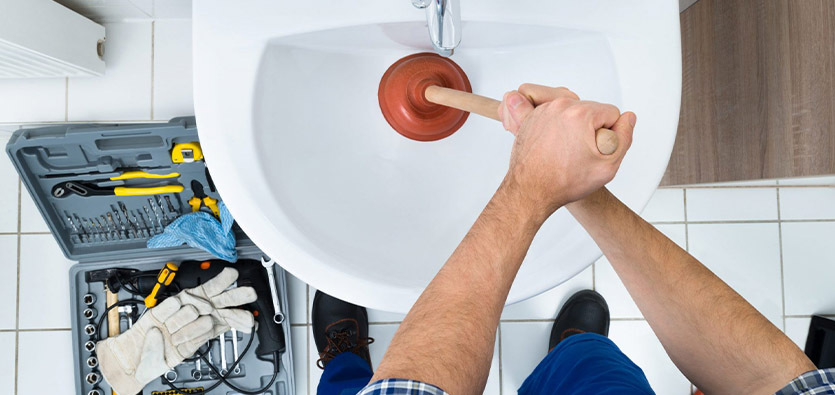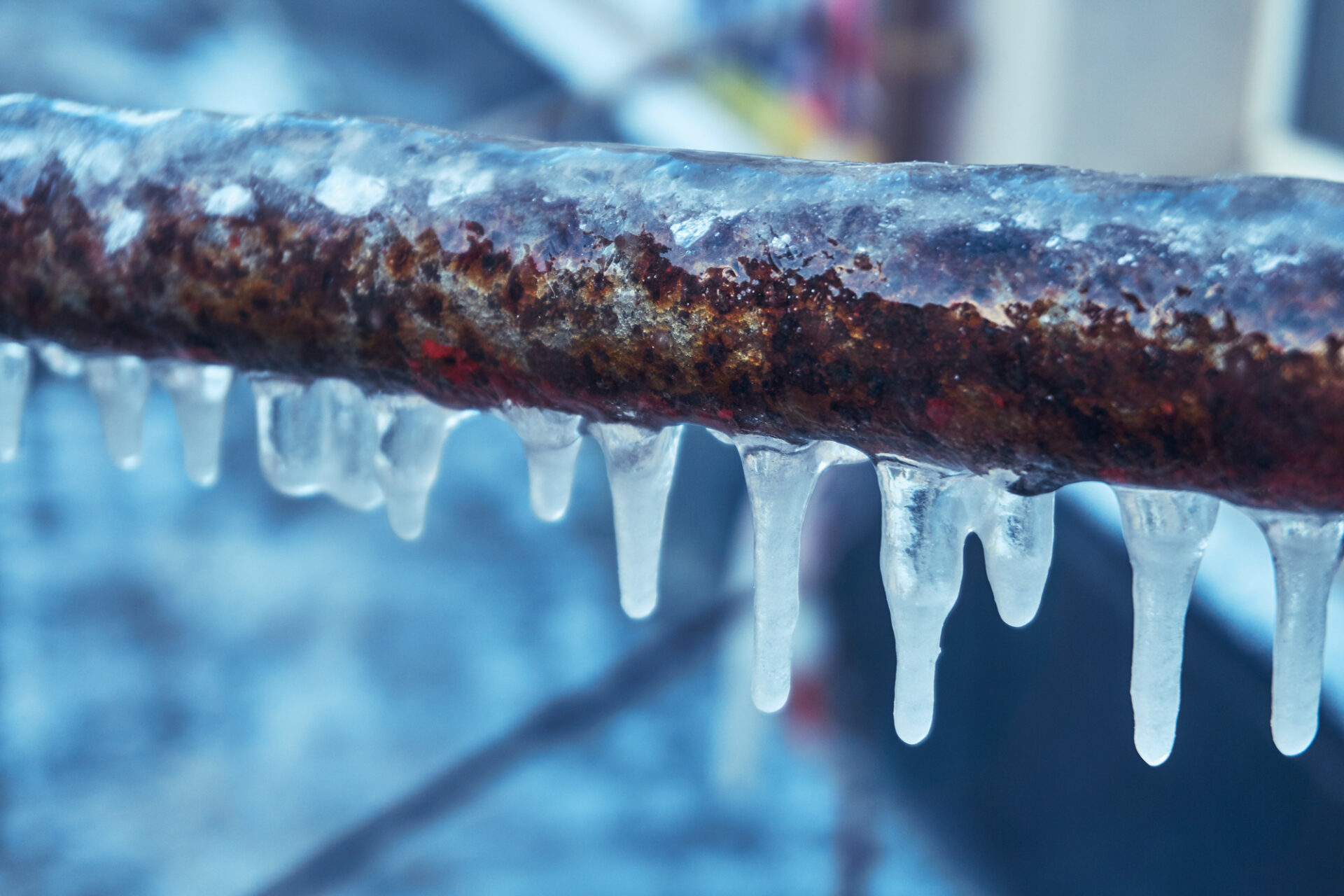The Ultimate Guide: A Handful of Winterizing Techniques to Prevent Pipe Bursts in Chilly Conditions
The Ultimate Guide: A Handful of Winterizing Techniques to Prevent Pipe Bursts in Chilly Conditions
Blog Article
On this page below you'll find a good deal of dependable details when it comes to How to stop pipes from freezing during the winter.

All house owners who reside in temperate climates should do their best to winterize their pipelines. It is something you should do throughout autumn before deep winter season truly begins. Failure to do so can lead to catastrophe like icy, cracked, or burst pipelines. If the climate outside is terrible, here are some helpful winterizing hacks to keep your plumbing system safeguarded also.
Try a Hair Dryer or Heat Weapon
When your pipelines are nearly freezing, your trusty hair clothes dryer or warm gun is a blessing. If the hot towels do not help displace any kind of resolving ice in your pipelines, bowling hot air directly right into them may aid. Do not use other items that produce straight flames like a blow lantern. This can cause a bigger disaster that you can not regulate. You may wind up harmful your pipelines while trying to thaw the ice. As well as in the long run, you might even end up melting your residence. Be careful!
Open Up Cupboard Doors Hiding Plumbing
It would certainly be practical to open cabinet doors that are concealing your pipelines when it's cold outside. For instance, they could be somewhere in your cooking area or washroom. This will allow the cozy air from your heater to circulate there. As a result, you protect against these subjected pipes from freezing. Doing this small technique can maintain your pipes cozy as well as restrict the potentially unsafe end results of freezing temperature levels.
Take Time to Wrap Exposed Piping
One easy and great hack to heat up cold pipes is to wrap them with warm towels. You can cover them initially with towels. After safeguarding them in place, you can pour boiling water on the towels. Do it gradually to allow the towels absorb the liquid. You can likewise make use of pre-soaked towels in hot water, simply don't neglect to use safety handwear covers to protect your hands from the heat.
Turn On the Faucets
When the temperature decreases as well as it seems as if the freezing temperature will last, it will certainly assist to activate your water both indoors as well as outdoors. This will keep the water flowing through your plumbing systems. Additionally, the movement will slow down the cold procedure. Significantly, there's no requirement to transform it on full force. You'll end up squandering gallons of water this way. Instead, aim for about 5 decreases per min.
When Pipelines are Frozen, shut Off Water
If you see that your pipelines are entirely icy or practically nearing that stage, transform off the major water valve quickly. You will normally find this in your cellar or laundry room near the heating system or the front wall closest to the street. Turn it off right away to prevent additional damages.
With even more water, even more ice will load up, which will ultimately lead to break pipelines. If you are unclear about the state of your pipelines this winter months, it is best to call a specialist plumber for an inspection.
All home owners who live in temperate environments must do their best to winterize their pipes. Failing to do so can spell disaster like frozen, cracked, or ruptured pipelines. If the warm towels do not help dislodge any type of resolving ice in your pipelines, bowling warm air straight right into them might aid. Transform off the primary water shutoff instantly if you notice that your pipelines are completely frozen or almost nearing that stage. With even more water, more ice will stack up, which will ultimately lead to break pipelines.
Planning Ahead for Winter Plumbing!
Given how the weather has been recently here in Kansas City, it may not seem like it, but the truth is winter is quickly approaching. As we near the end of September, it is never a bad idea to start considering which areas of your home could use some preventative maintenance heading into the colder months, as well as what you should remember to do once the colder temps settle in. And considering your plumbing system can certainly be impacted by changing weather conditions, guess what we’ll be talking about today?
For those that are visiting our blog for the very first time, welcome to Stine-Nichols Plumbing. Here on the blog, we post weekly about various aspects of the plumbing world. Whether that be DIY tips, brand highlights or anything else, they’re all designed to make homeowners more knowledgeable about their plumbing systems. Believe it or not, even just some general knowledge about one’s plumbing can go a long way in preventing unneeded repairs and keeping everything running smoothly. As referenced in the previous paragraph, this week’s blog will walk through a few of the steps you can do to your own plumbing system to ensure you’re ready to go for the upcoming winter weather and tips for keeping it all in working order as the winter carries on. Let’s hop right in!
Disconnect Hoses
You’ve likely heard this one on multiple occasions, but it is certainly something worth mentioning. Make sure to disconnect any and all outdoor hoses and then turn off those outdoor faucets at the shut-off. The logic behind this is probably something you would have learned in a grade school science class. When water freezes, it expands. Thus, due to this, it’s going to occupy more space. And if there’s no space to occupy, trouble ensues. It’s as simple as that!
Long story short, if you have room to store them indoors, do so. If not, just be sure to completely drain them and then store them in a dry area, such as the garage or a shed. Failure to disconnect the hoses can easily result in frozen/bursting pipes and plumbing headaches for you, especially if there is still water sitting in the hose! Do yourself a favor and disconnect your hoses once you know you won’t be using them anymore for that season. It’s a quick-and-easy step that’s always worth the time.
Headed Out of Town?
Our next point will likely get more and more relevant as we get into the holiday season. Do you remember the extreme arctic blast that hit the Kansas City area in February of 2021? Sub-zero temps, frigid wind chills, it was definitely not the funnest of times for KC residents. Nonetheless, here at Stine-Nichols Plumbing, it’s safe to say our technicians were quite busy dealing with frozen/bursting pipes. What I’m hinting at here is that you never know when we’ll experience extremely cold temperatures. So if you’re going to be out of town for a little bit, it’s never a bad idea to turn off your water at the main shut-off valve. While this won’t prevent every possible plumbing issue, it will at least limit the damage if something bad were to occur. Especially if you don’t have a family member or friend that’ll be checking on your home while you’re away, make sure to keep this tip in mind!
By the way, it may sound like a no-brainer to most, but if you are headed out of town, make sure to also keep the heat on inside while away. You will have some added energy costs from heating a home while nobody’s there, but if it prevents you from dealing with a plumbing emergency, it’s well worth it!
Leave Cabinet Doors Open
As you may start to notice, the primary winter plumbing problem that you need to be mindful of involves pipes freezing. Whether it be indoors or outdoors, they can freeze for a few different reasons, but that doesn’t mean there aren’t plenty of various tactics you can implement to improve your odds of keeping everything in working order. Yet another one of these that you’ve likely heard before is leaving the cabinet doors under your bathroom or kitchen sink open. Will this provide complete protection? Not necessarily. However, this is an easy way to make sure some of the heat in your home is reaching those pipes that aren’t insulated under your sinks.
https://www.stinenichols.com/kansas-city/planning-ahead-for-winter-plumbing/

Do you enjoy reading up on Prevent Freezing and Bursting Pipes? Try leaving feedback below. We will be glad to see your ideas about this page. In hopes to see you back again before long. Those who appreciated our blog posting if you please remember to share it. I love reading our article about How to Prevent Frozen Pipes.
Quote & Schedule Report this page